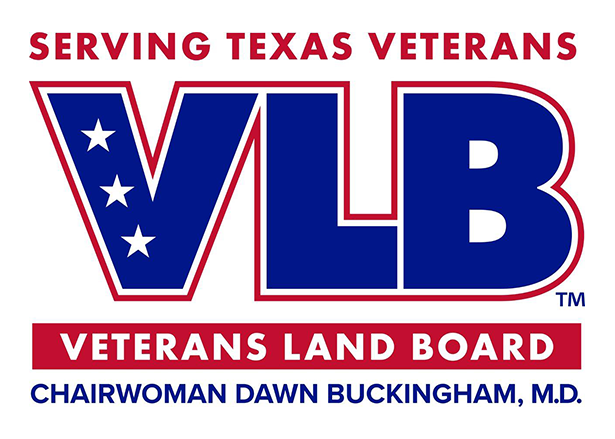Summary
The conservation easement area contains unique and significant conservation values that are important for many wintering and migratory avian species as well as resident wildlife species in the form of nearly 1,100 acres of riparian forest, agricultural lands, and wetlands within the Austin Bayou watershed. Primary habitats include bottomland hardwood forest, native pasture, rice production/agriculture, and managed wetlands. The Easement Area contains approximately 720 acres of rotational rice / row crop / fallow fields that are managed not only to provide quality farm practices with notable crop yields, but also provide essential wildlife resources. The area contains a 21 acre reservoir primarily utilized for agricultural irrigation, and secondarily for wildlife, fisheries, and passive recreation. This reservoir provides optimal habitat for resident and migratory wetland-associated wildlife, particularly waterfowl species. The Easement Area contains over 200 acres of grassland with the unique structure of native coastal tall grass prairie. Aside from being classified as one of the most rare and endangered habitats in North America, these grasslands offer benefits to a variety of wildlife by supporting numerous species of invertebrates, reptiles, amphibians, birds, and mammals in all facets of their life cycle. These grasslands also provide nesting habitat for many ground nesting birds including Northern Bobwhite Quail, Eastern Meadowlark, and Mottled Duck. Riparian woodlands adjacent to Austin Bayou totaling approximately 135 acres provide foraging benefits to many fish and insect dependent bird species, nesting opportunities to arboreal nesting birds, and stopover habitat for Neotropical migrants. These habitats also provide critical resources for small and large mammals and a wide array of herpetological species found along the Texas Gulf Coast.
Basics
Classification
- CIAP
Timeline
Funding Sources
Source 1
Contacts
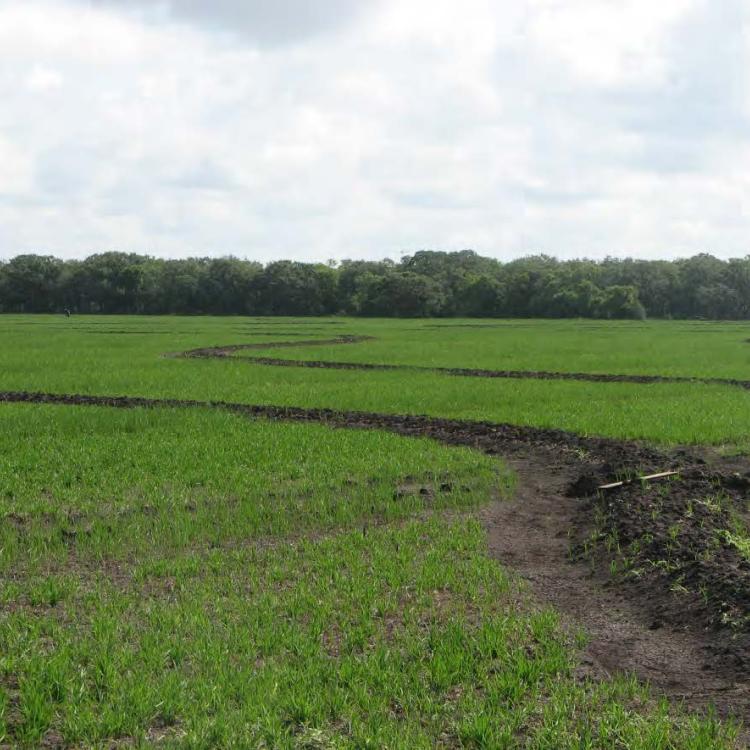 Rotational rice production
Rotational rice production
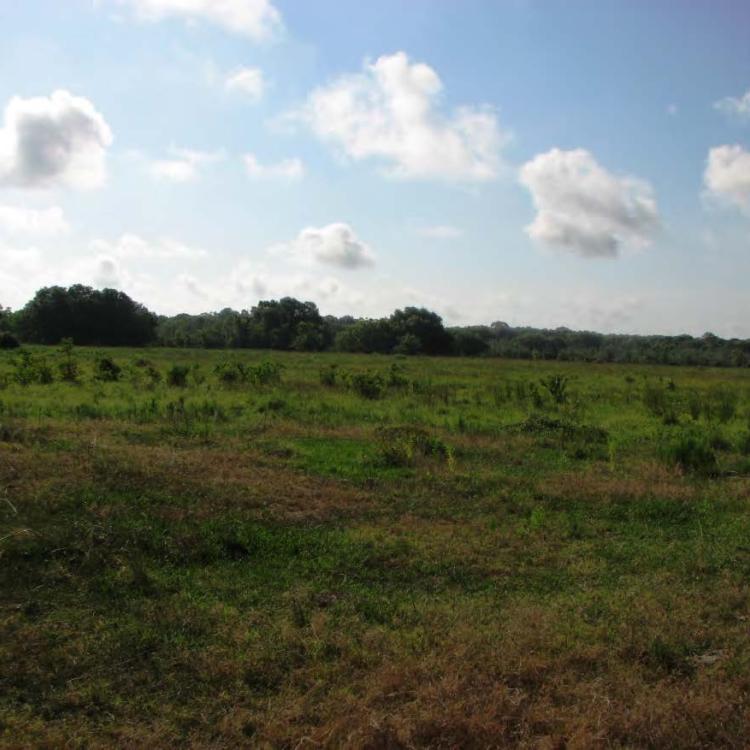 Grasslands provide nesting habitat
Grasslands provide nesting habitat
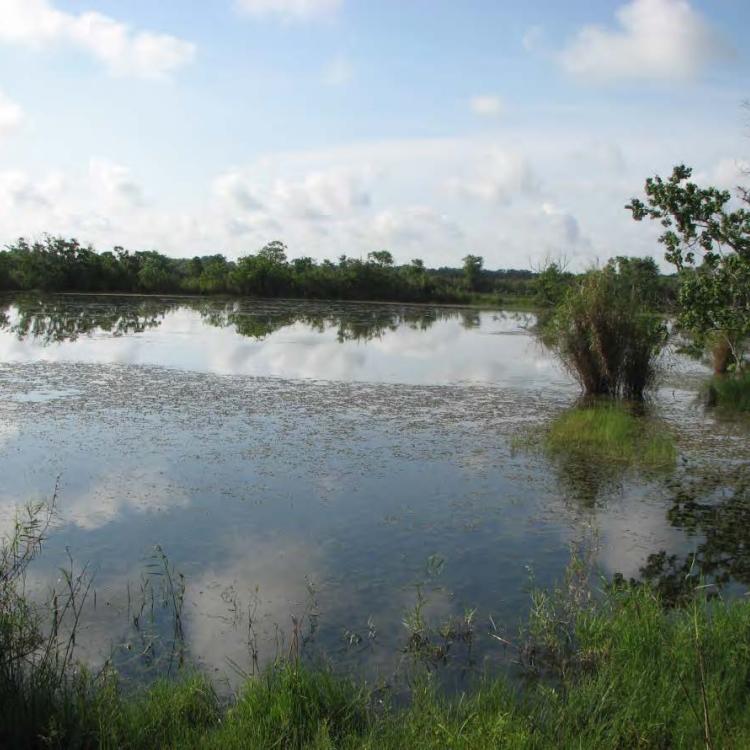 Irrigation reservoir provides optimal habitat for resident and migratory wetland associated wildlife
Irrigation reservoir provides optimal habitat for resident and migratory wetland associated wildlife
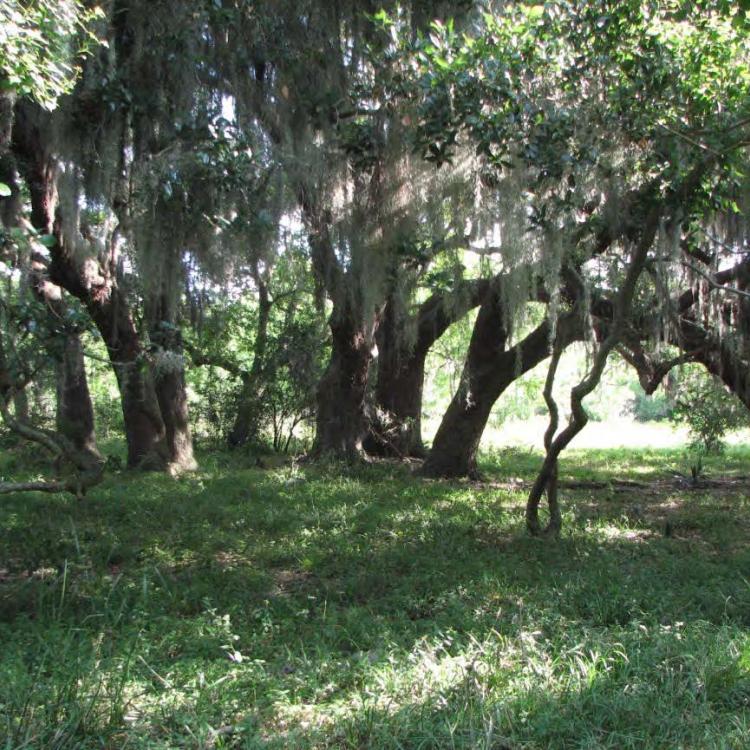 Hardwood forest canopy
Hardwood forest canopy



